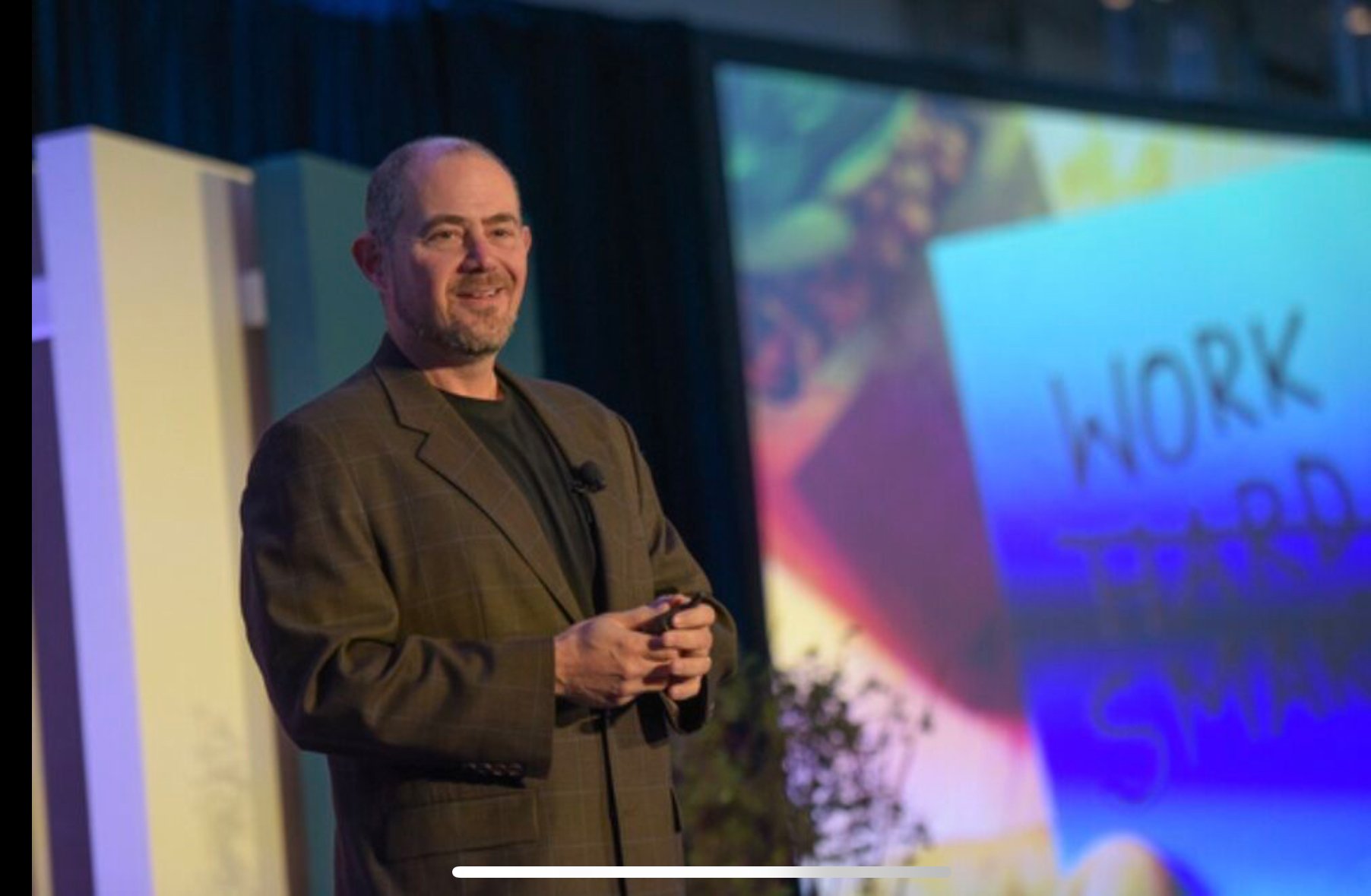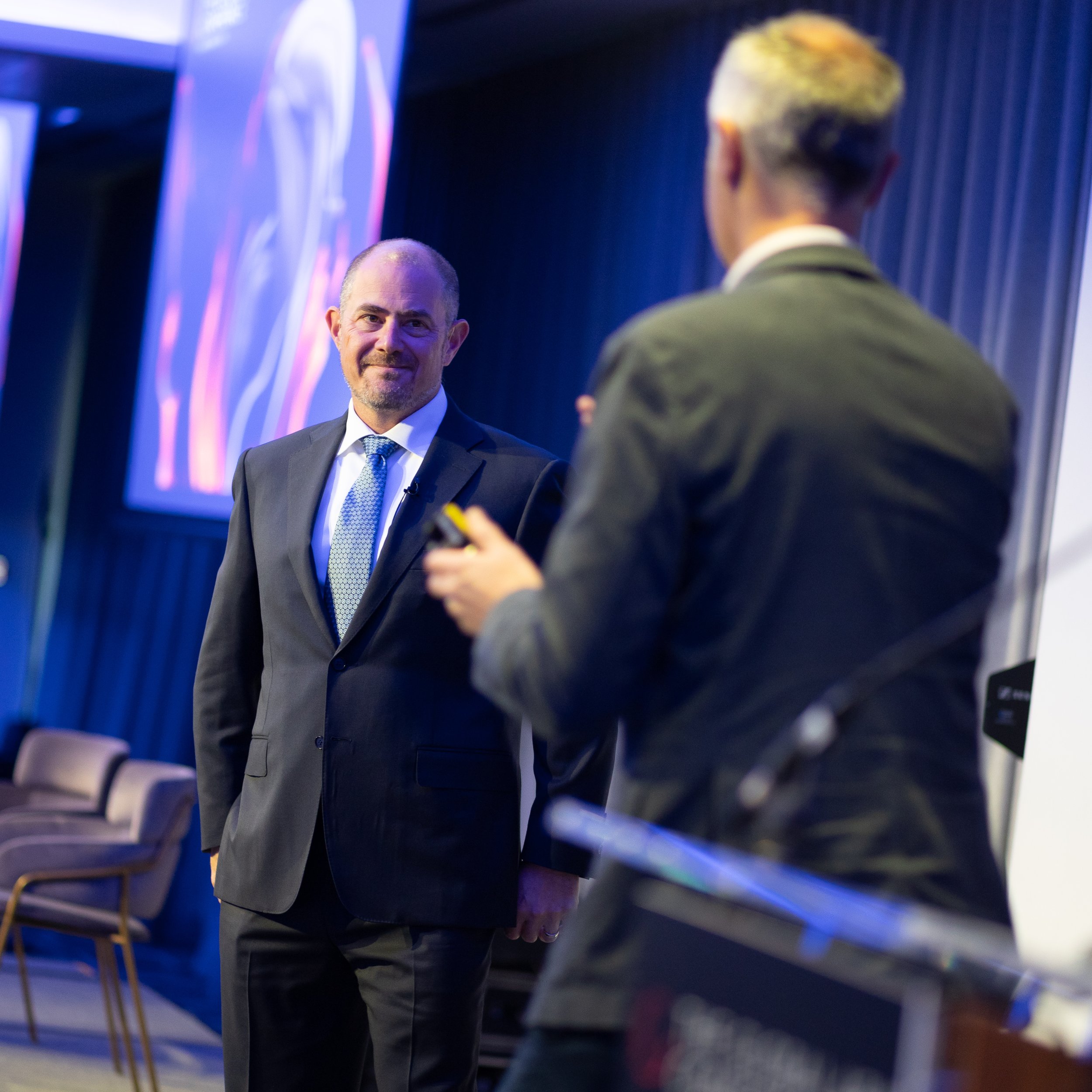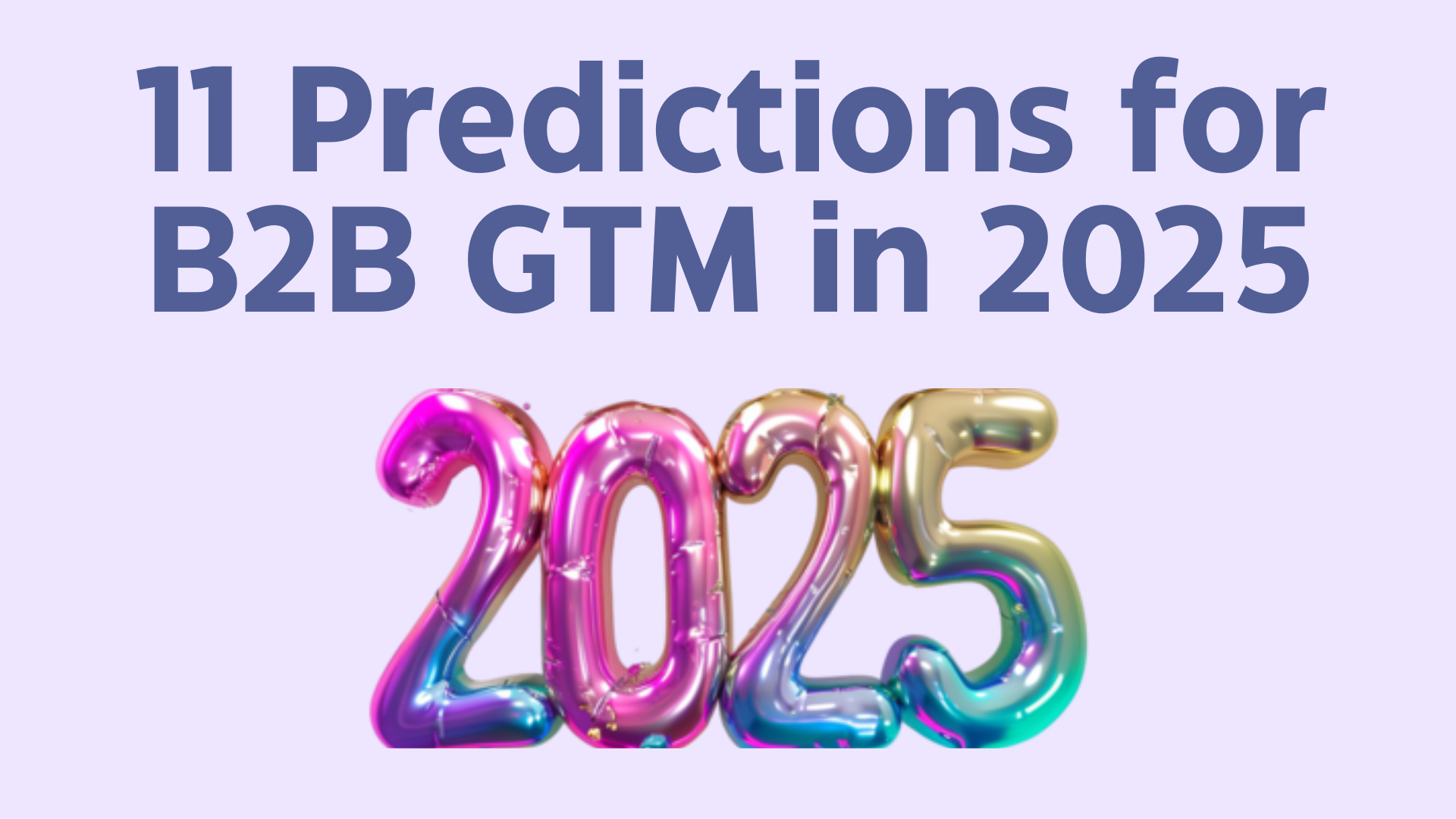

Jon has played a pivotal role in shaping the world’s most disruptive marketing technology platforms, with a focus on thought leadership, category creation, and strategic go-to-market.
Jon is currently laying the groundwork for his next start-up. In his most recent role as the CMO of Demandbase, Jon helped transform how B2B companies go-to-market. He was previously the CEO and founder of Engagio, which merged with Demandbase in June 2020. Prior to that, he co-founded Marketo, the leading marketing automation platform, where he served as the CMO and played a key role in helping the company achieve an IPO and category leadership.
In addition, Jon also serves as an independent board member, providing guidance to companies in refining their company strategy and go-to-market approach. Currently, Jon holds positions on the boards of AtData and Puppydog.io and he previously served as a board member at Scripted.
Jon is a frequent keynote speaker and author of several books, including Demandbase's Definitive Guide to ABM/ABX and Marketo’s Definitive Guide to Marketing Automation. He was named Most Influential Marketing CEO of the Year by the Corporate Excellence Awards, one of the 10 Most Influential Tech Marketers in the world by B2B Marketing, and a Top 10 CMO for companies under $250M by the CMO Institute.
Jon holds a bachelor’s degree in physics from Harvard and an MBA from Stanford. He continues to be a driving force in the industry, inspiring and teaching marketers around the world with his innovative ideas and unparalleled expertise.

Story
Thought leader and evangelist, speaker at conferences including Dreamforce, MarketingProfs B2B, MarketingSherpa, Marketing Operations Executive Summit, OMS, and the Marketing Nation Summit.
List of selected selected speaking engagements.
Story
Thought leader and evangelist, speaker at conferences including Dreamforce, MarketingProfs B2B, MarketingSherpa, Marketing Operations Executive Summit, OMS, and the Marketing Nation Summit.
List of selected selected speaking engagements.
Hike
Hike
Ride
End
I'm currently the Chief Executive Office of Engagio, the #1 B2B marketing
engagement software that combines the best of lead- and account-based
marketing to help marketing and sales departments work as a team.
End
I'm currently the Chief Executive Office of Engagio, the #1 B2B marketing
engagement software that combines the best of lead- and account-based
marketing to help marketing and sales departments work as a team.









I spent the break grading my 2025 B2B predictions. Overall Grade: B.
The pattern that emerged: I was generally right about direction, but too optimistic about speed. Often because I wanted these changes to happen.
WHAT I GOT RIGHT
Cold email is dying — reply rates collapsed to 1-5%. AI SDRs became "spam cannons that burn through your TAM." Seat-based pricing is giving way to consumption models (67% of SaaS companies now use them).
MQL criticism hit critical mass, and the brand investment conversation shifted exactly as predicted.
AI agents moved beyond proof-of-concept: 23% of organizations are scaling them, and usage surged 233% in six months.
WHAT I UNDERESTIMATED
The velocity of AI adoption in sales — 75% of reps now use AI tools, way higher than my 25% prediction.
The explosion of B2B influencer marketing and partnership ecosystems. 69% of SaaS leaders are increasing partnership investment.
How quickly Answer Engine Optimization became the top topic at every CMO dinner.
WHAT DIDN'T HAPPEN
The ground-up reimagining of marketing automation platforms. We got incremental AI features bolted onto legacy systems, but these are still fundamentally rule-based platforms with LLM wrappers, not AI-native orchestration engines.
True autonomous buying agents. While 90% of buyers now use ChatGPT for research and 72% encounter Google AI Overviews, high-stakes purchases still require direct human validation.
THE HARDEST GRADE: D
I predicted CMOs would reframe marketing's role from tactical execution to strategic market leadership.
The opposite happened.
Only 14% of CEOs view their CMO as effective at market shaping. 84% of CMOs report high strategic dysfunction. 48% experience high burnout.
This one stings because it matters the most. But it also creates the biggest opportunity for those willing to lead the transformation.
WHAT I LEARNED
Aspiration doesn't equal prediction. I wanted CMOs to reclaim their strategic seat. I wanted marketing teams to escape the MQL hamster wheel. I wanted MAPs reimagined from AI-first principles. Wanting something badly can blur the line between forecast and wishful thinking.
The gap between LinkedIn and reality remains wide. Everyone talks about being customer-first, tracking buying groups, and investing in brand. Far fewer are actually restructuring their organizations and budgets around these principles.
And technology moves faster than adoption. AI agents exist and work, but organizations need time to integrate them, build guardrails, and figure out where humans add most value. Having the capability and scaling it across an enterprise are different problems.
LOOKING AHEAD
I'm deep into my 2026 predictions now, armed with this scorecard. They'll publish in a few weeks.
This time, I'm being more careful to separate what should happen from what will happen. The AI transformation is real. The shift from MQLs to buying groups is happening. Brand investment is gaining traction.
But these are multi-year transformations, not annual pivots. The gap between what's possible and what's practical remains wide.
What patterns are you seeing as we head into 2026?